A Week in the Bush Vol. 492
on Feb 21, 2024It’s been an incredible week in the bush with plenty of sightings and a very special sighting of the Talamati Pride cubs been seen in the open for the first time.
When you sit with animals for a long time you see antics that is not often seen. This pair of Southern Carmine bee-eaters were constantly together, chasing each other in the air and catching insects.
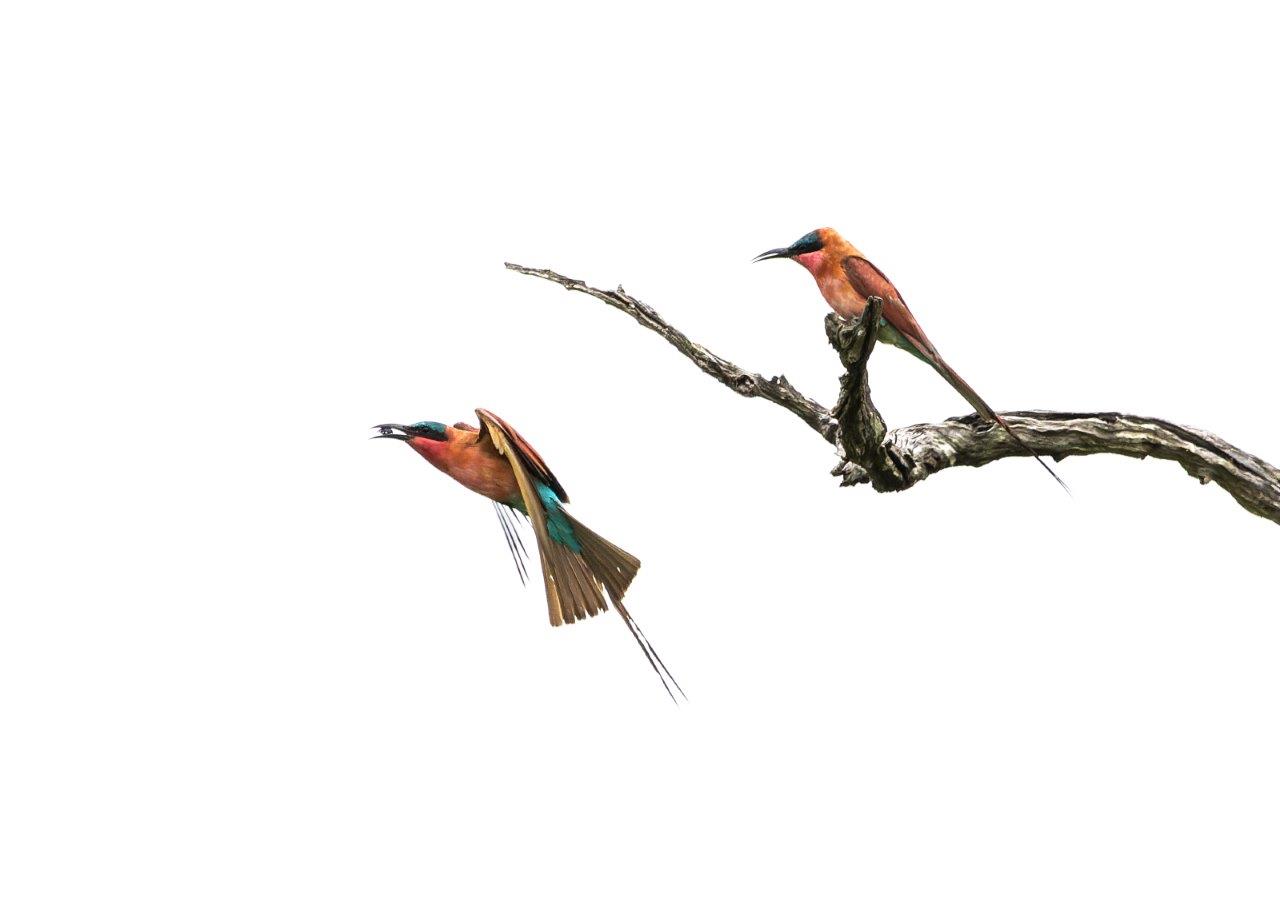
This hippo was not very happy with a Grey heron that was using him as a floating perching spot. Grey herons are known to use just about anything as a floating device to aid them in their hunt for fish, frogs, crabs, insects, spiders and even reptiles.
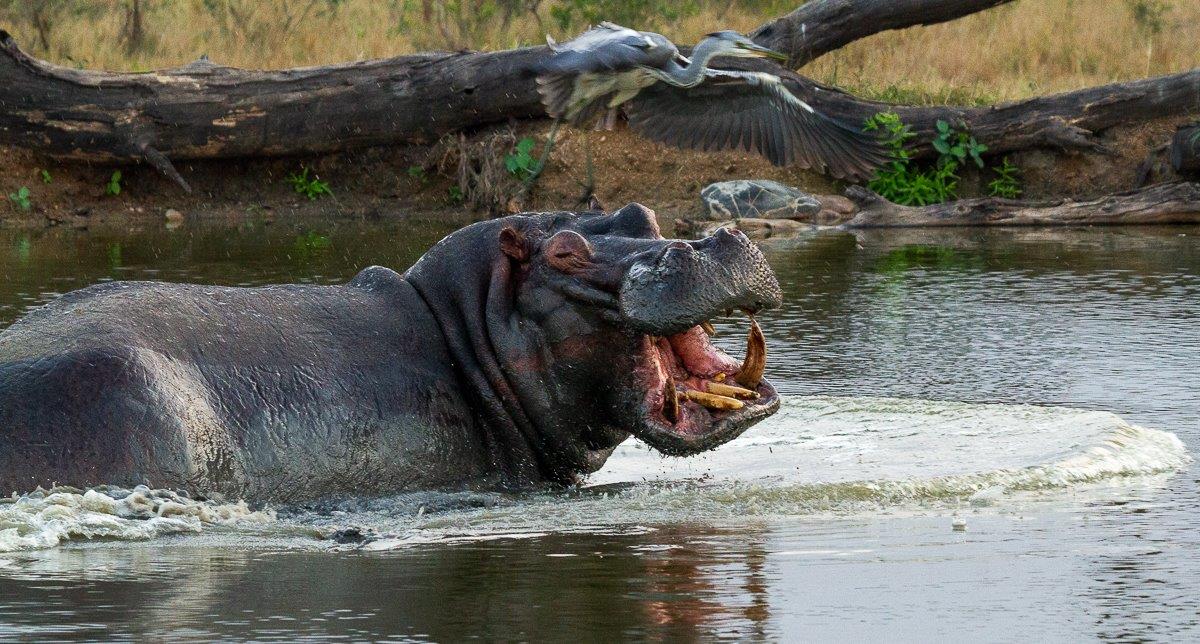
Martial Eagles usually hunt on the wing, soaring high and attacking in a long, slanting swoop, dropping down with tail and wings spread. On this occasion a Martial Eagle managed to get its talons on a young water monitor which it fed on perched in a tree.
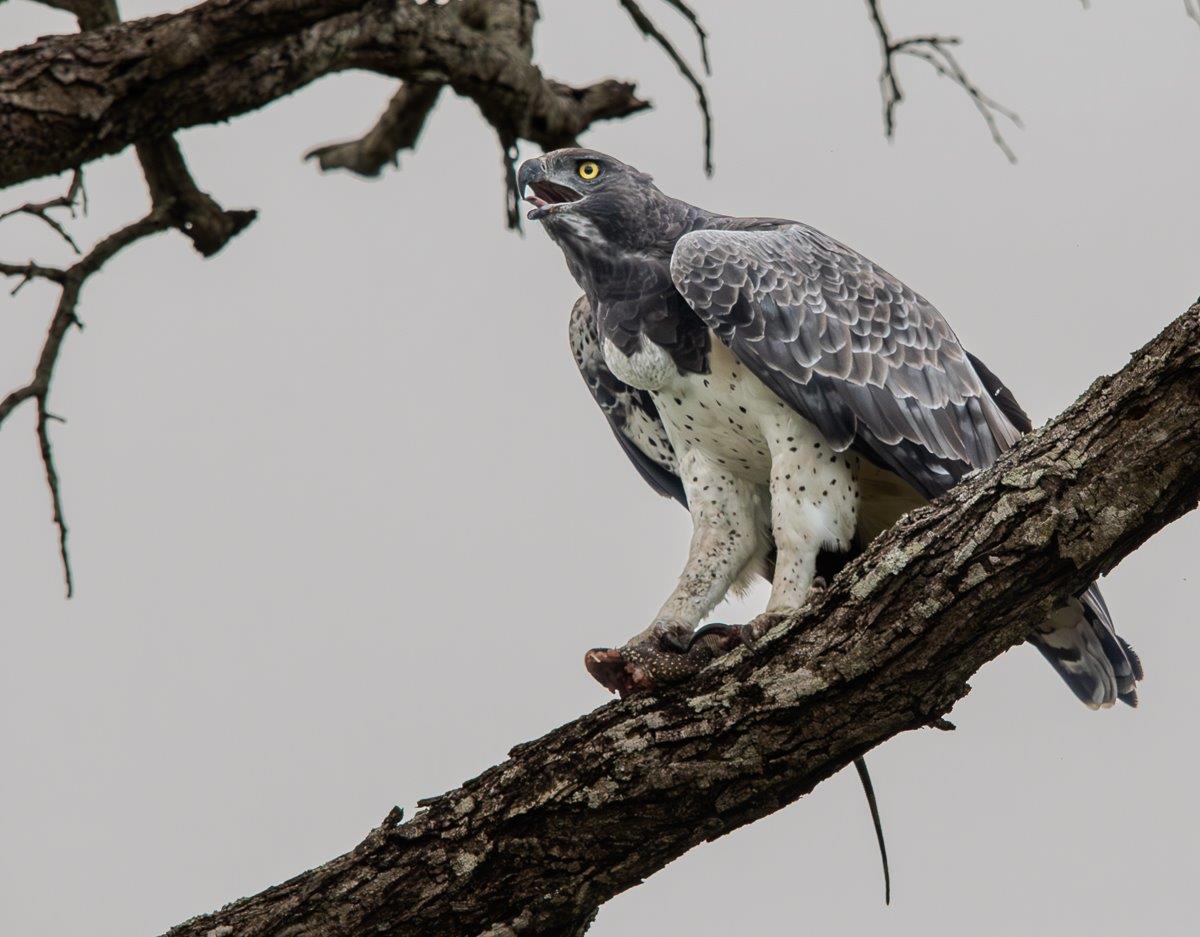
Being one of the most iconic animals Africa has to offer, zebra never disappoints. We watched this small harem moving out of the open plains into a treeline where they will spend their night, trying to rest and stay safe from any predators that might be lurking around.
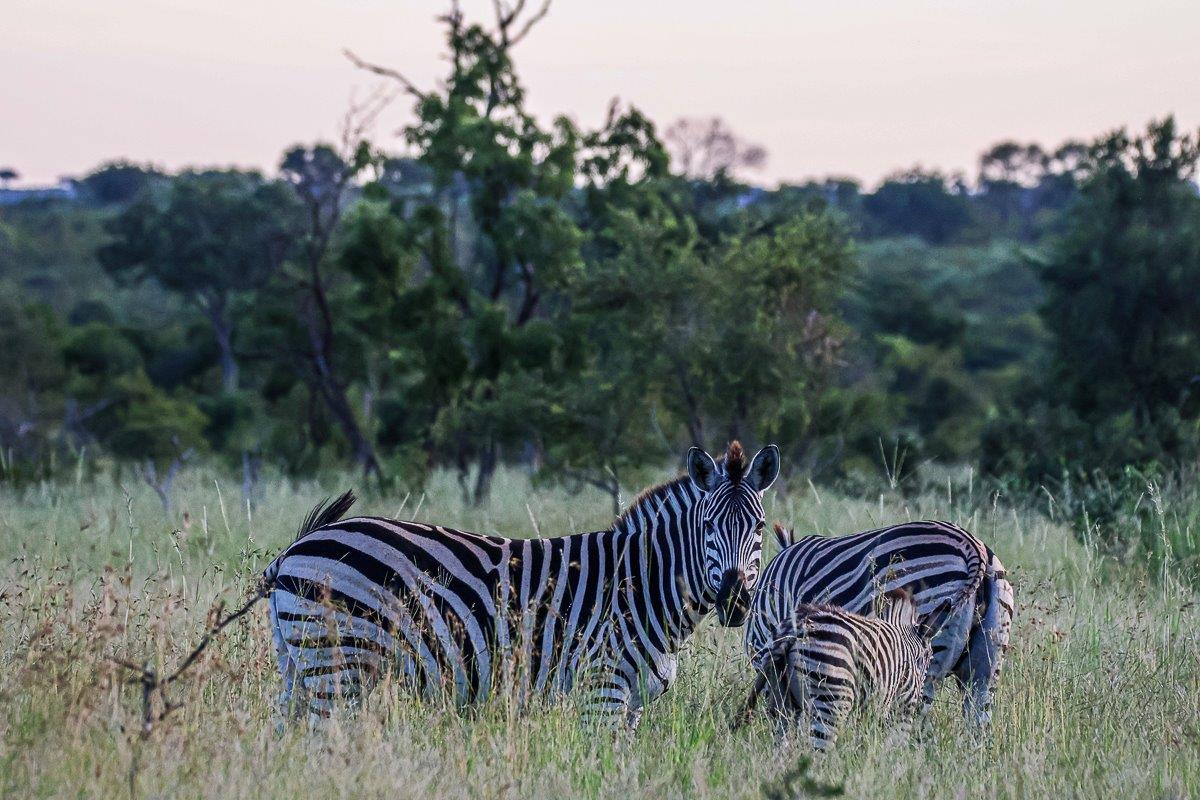
The Puff Adder is a slow moving, extremely fast striking snake. The name "Puff Adder" stems from the snake's habit of inflating itself and hissing when threatened. The noise produced is a menacing hissing sound and should be construed as a warning.
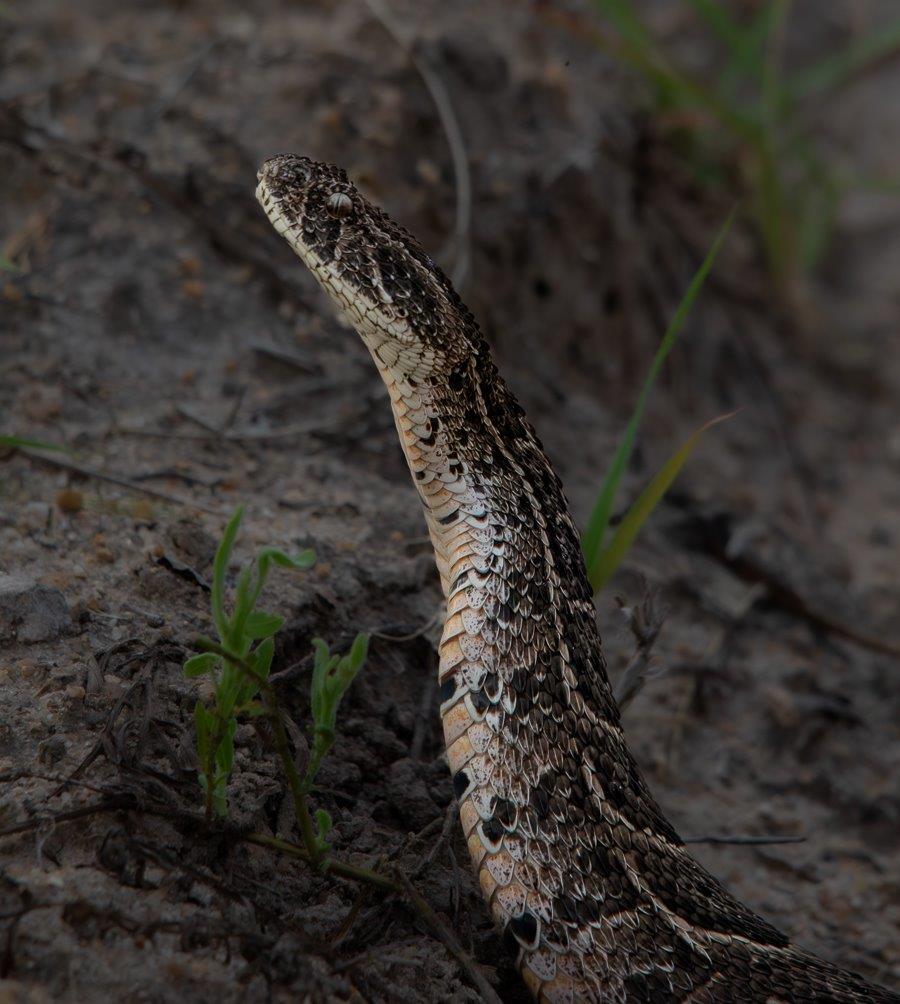
A group of giraffe bulls stood towering over the African bush, keeping a close eye on us and our movements. Giraffes are known to have excellent eyesight and are often seen accompanied by other antelope as they are aware of this, warning them if any predators are close by.
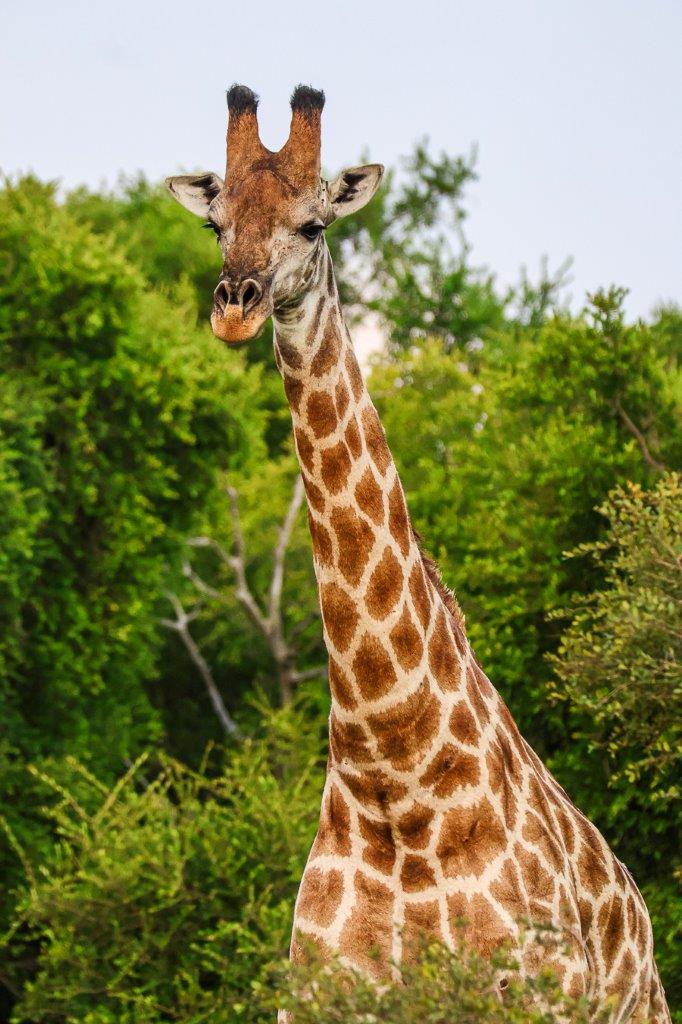
The preferred habitat of cheetah are wide-open grasslands where they can find their favourite prey species. Moving through the now sun-kissed golden plains, we spotted a male cheetah with a full belly searching for a shady spot to spend his day. He moved cautiously until finally stopping to rest.


A pack of 12 Wild Dogs moved quickly through the reserve in search of a meal. The pack headed for the northern plains where a herd of impala were spotted. With ears folded flat to their head, the dogs sprinted through the open area catching one young impala that was unaware of their presence. Within seconds the pack took their share of the meal and spread out feeding before moving off into some shade as the morning started to warm up.
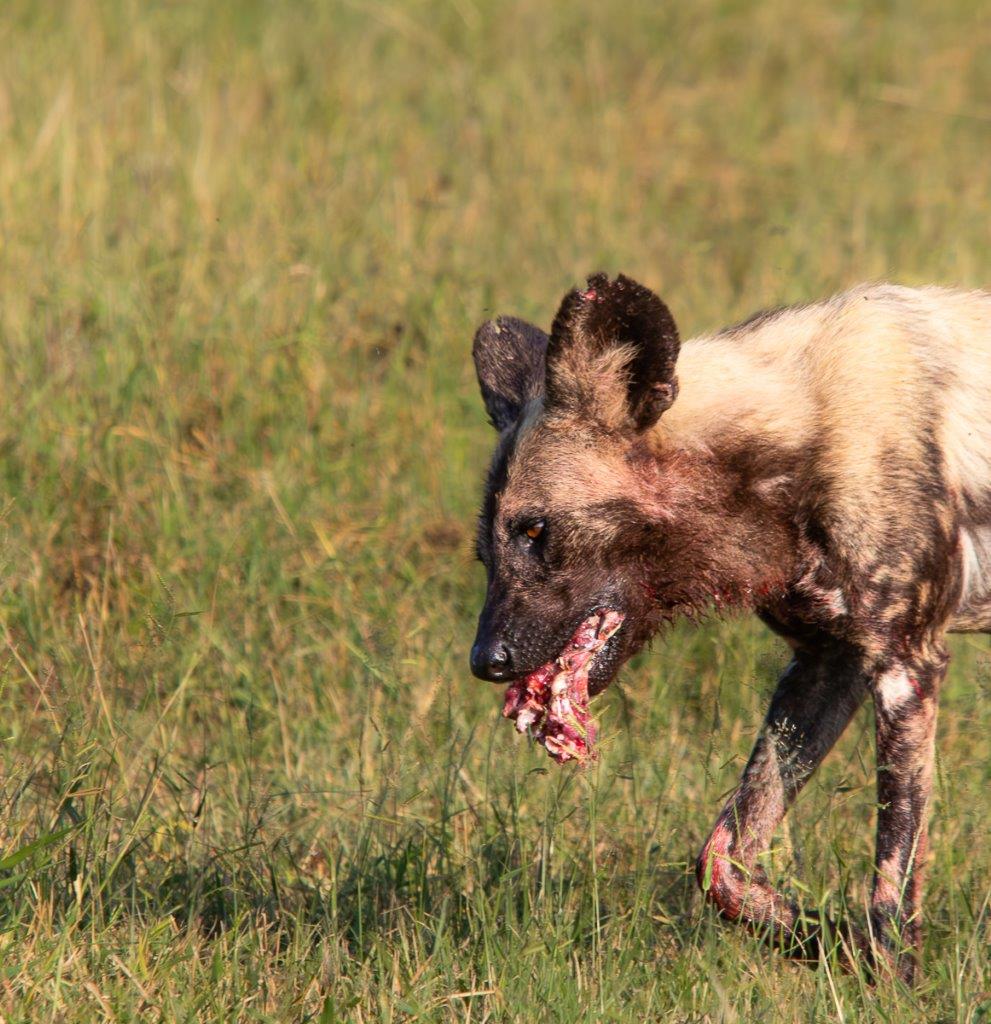
Sightings of the young Nottins male are always special. Many of our guides and trackers have been witness to his transformation from a cute ball of fur to an impressive tom, destined to rule his own section of paradise. Nottins was found in the east resting in a tree digesting and panting. His comfort on criss-crossed branches was short lived. Soon he made his way down the tree in true leopard style and wandered east vanishing in between Guarri bushes.


N’weti male leopard made his way through the eastern parts of our reserve, scent marking heavily as he was going. He later became static, rolling himself in buffalo dung before he started to vocalise, filling the dark night with his thrilling dominance over this area. Leopards will often roll around in dung trying to break their own scent and leaving their scent behind in the area. They do this as a way of scent marking but also to help them with their hunting, as the prey animals have an incredible sense of smell, after this, even if the wind might not be in their favour, they still stand a chance to successfully hunt.
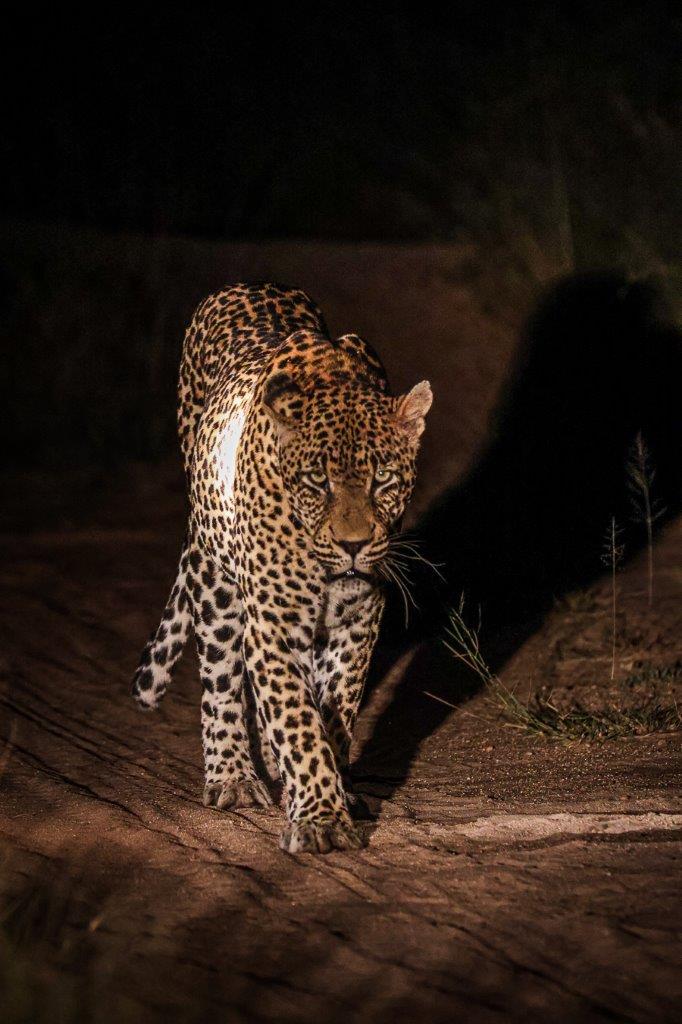
Movement in a big Jackalberry tree caught our eye as we were driving along one of our roads. We stopped to inspect and found the Tengile female coming down the tree, making her way towards a waterhole. She had a full belly, indicating that she had recently eaten, thus moving towards a waterhole to drink and help with her digestion. She still has clear suckle marks on her and we are very excited to see her bringing out her cubs one day.
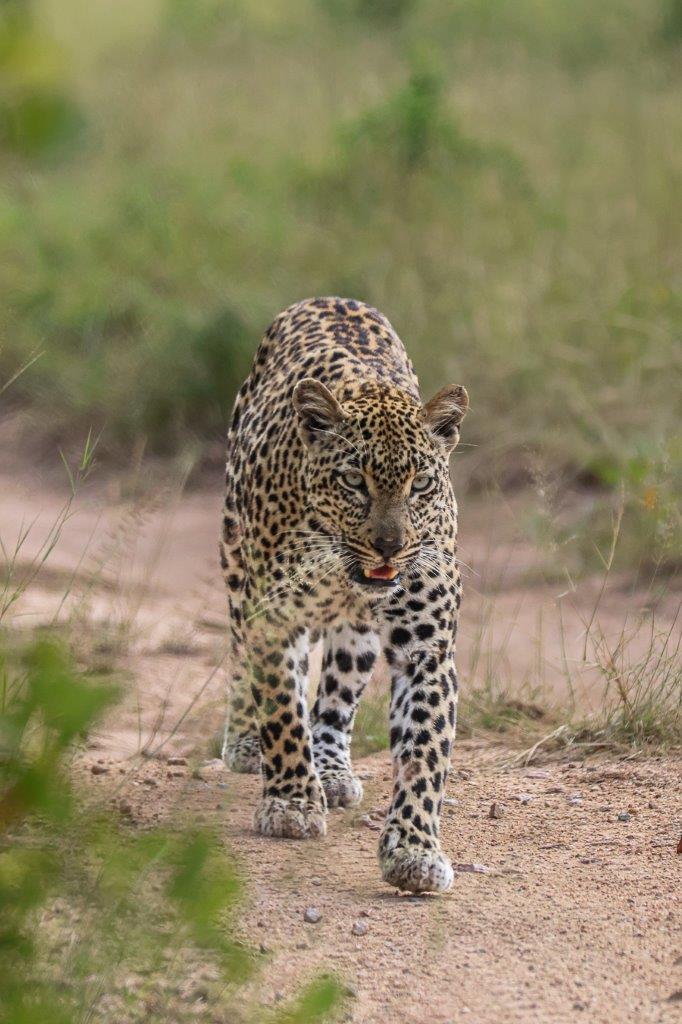
The sweltering summer sun had ground the savannah bushveld to a halt, with almost every animal taking refuge in any shade available to them. This led to a unique situation, the Ntsumi female and her ever adventurous cubs found themselves in extremely close proximity to the resilient Nkuhuma male lion. Ntsumi’s cubs are no strangers to danger and were found happily enjoying the shade atop two nearby trees with mother Ntsumi on the ground keeping a watchful eye on the sleeping lion and making sure her little brood kept safe and cool during the blazing summer’s day.



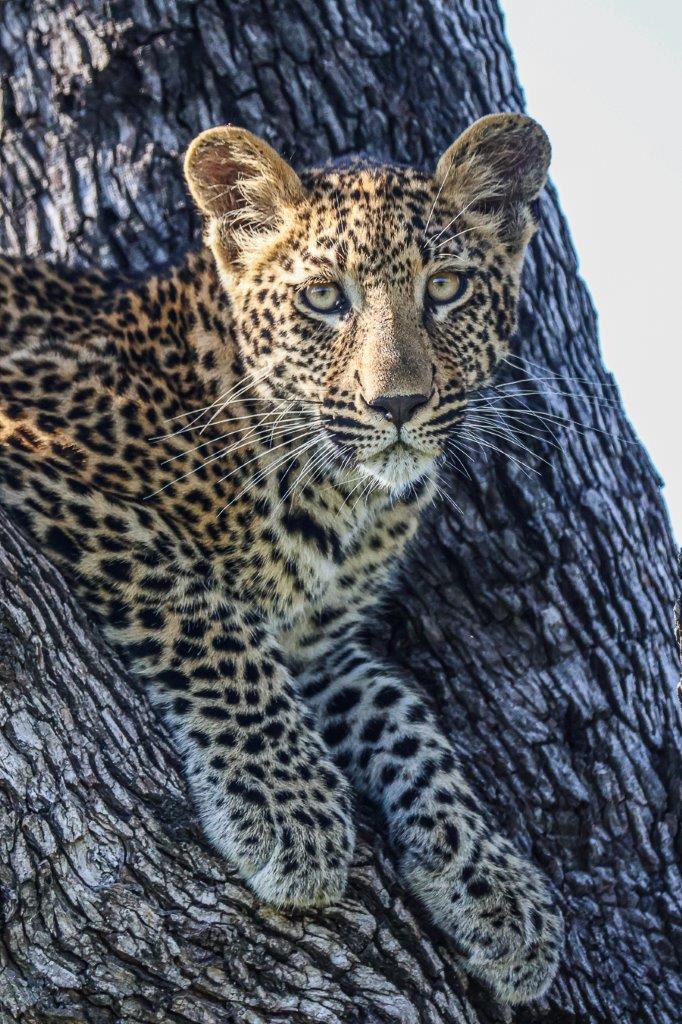
The life of a nomadic lion is never easy, the Nkuhuma male has no territory to call his own and no pride to interact with. Against all odds this magnificent male continues to thrive and grow in an area where competition is fierce.

The North-Eastern corner of Sabi Sabi has been the epicentre of action of late. After an incredible encounter with 5 leopards together, there was little reason not to investigate the area again. An after dark investigation delivered yet another astonishing experience as N’weti and Nottins were found squabbling over a freshly killed impala. Unbeknown to the leopards, their commotion had attracted the attention of the scrawny Southern Avoca male. A quick charge at the leopards easily secured a welcome meal for the Southern Avoca male. With his teeth all broken and worn down it was evident that eating is becoming increasingly difficult. Luckily, cats are equipped with backwards facing barbs on their tongues which allowed the lion to tear meat off sizable chunks, whilst patiently gnawing at the skin in an attempt to open the carcass further.



The Talamati Pride had a very busy weekend trying to secure meals to stay healthy and produce nutrient rich milk for their cubs. They covered a large piece of our reserve but with no luck. We followed two of the females back to the den site after their last failed hunting attempt on a kudu female. As they arrived, they started contact calling and for the first time the cubs came out onto the road to greet their mother. They were very hungry as they immediately suckled from her before playing around with one another. These females will be getting desperate as it has been a couple of days since they had a decent meal and the mom has a lot of pressure on her needing to feed herself and her cubs. With the determination this pride has shown over the last couple of months, we are full of hope that they will manage to secure a meal soon.



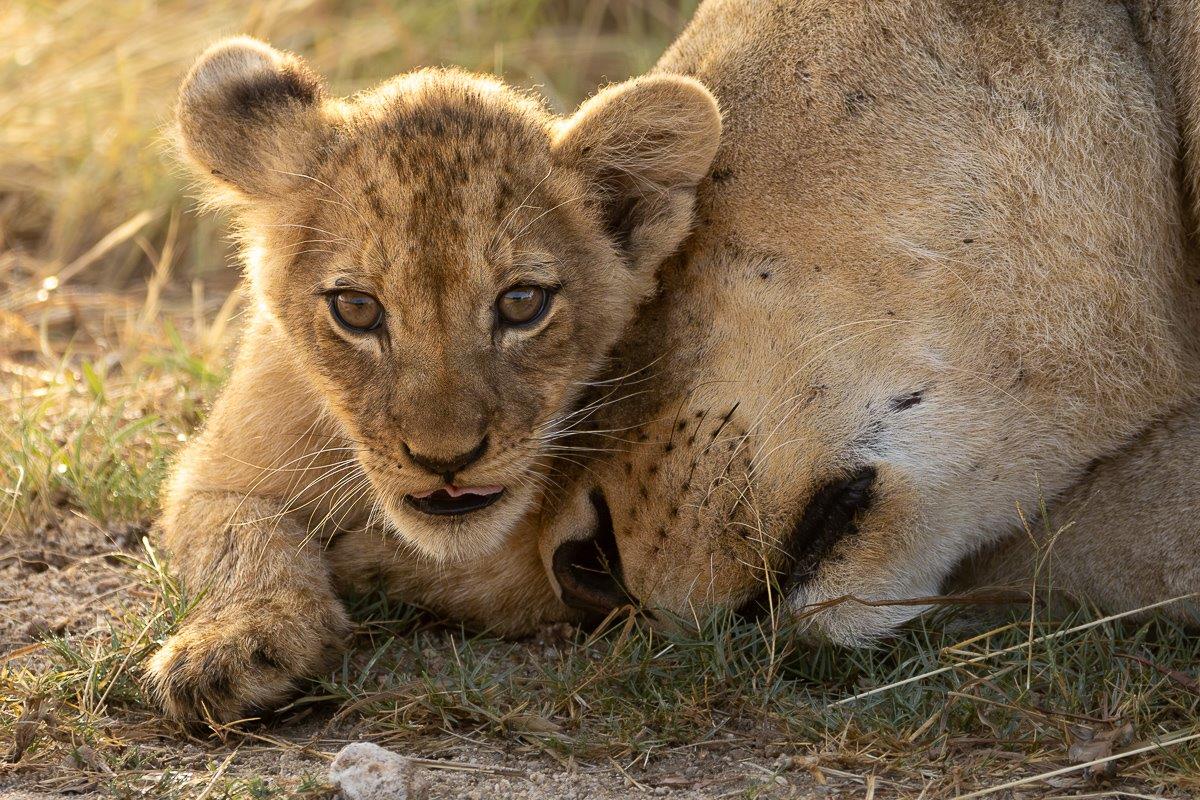
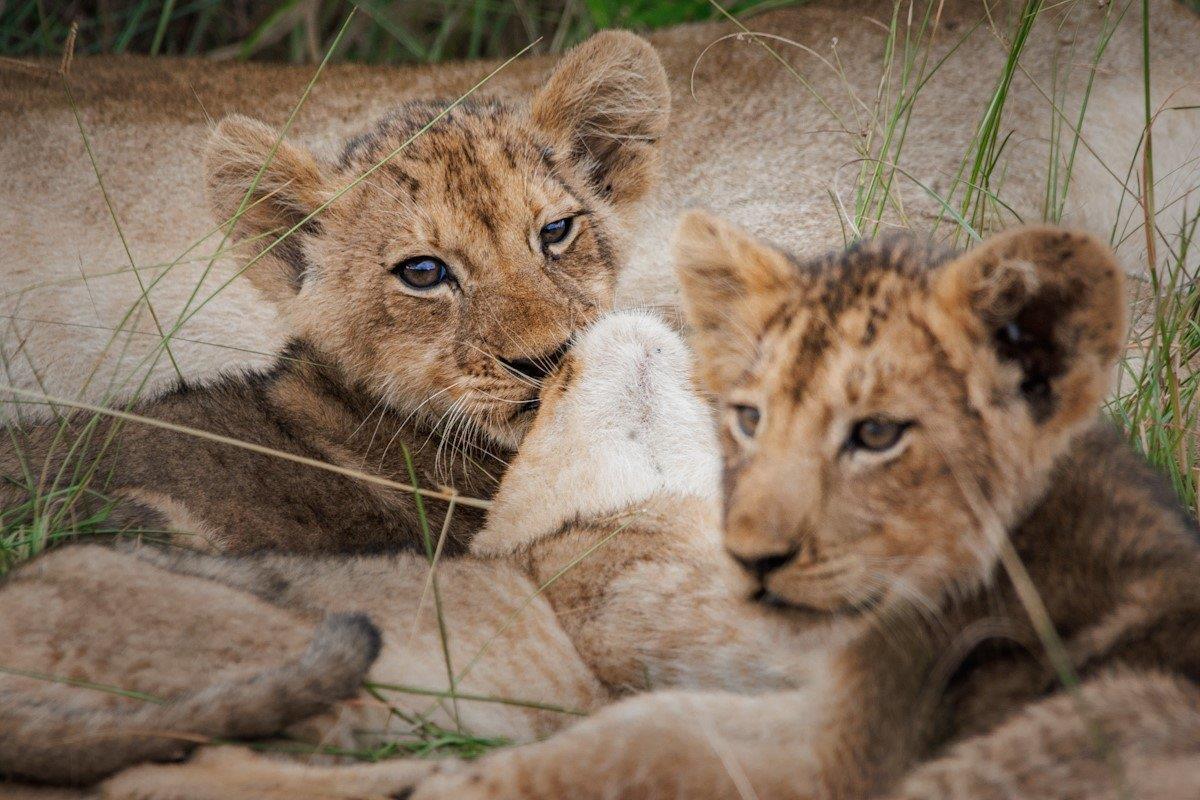
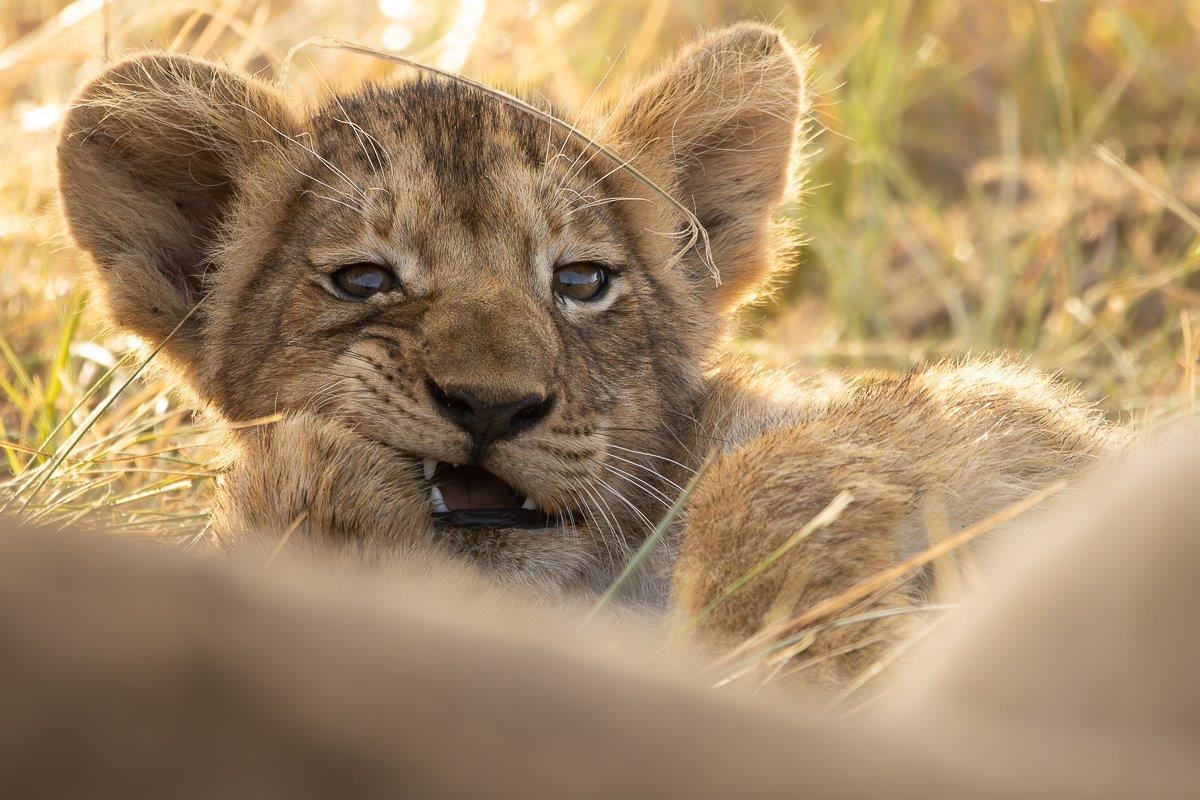
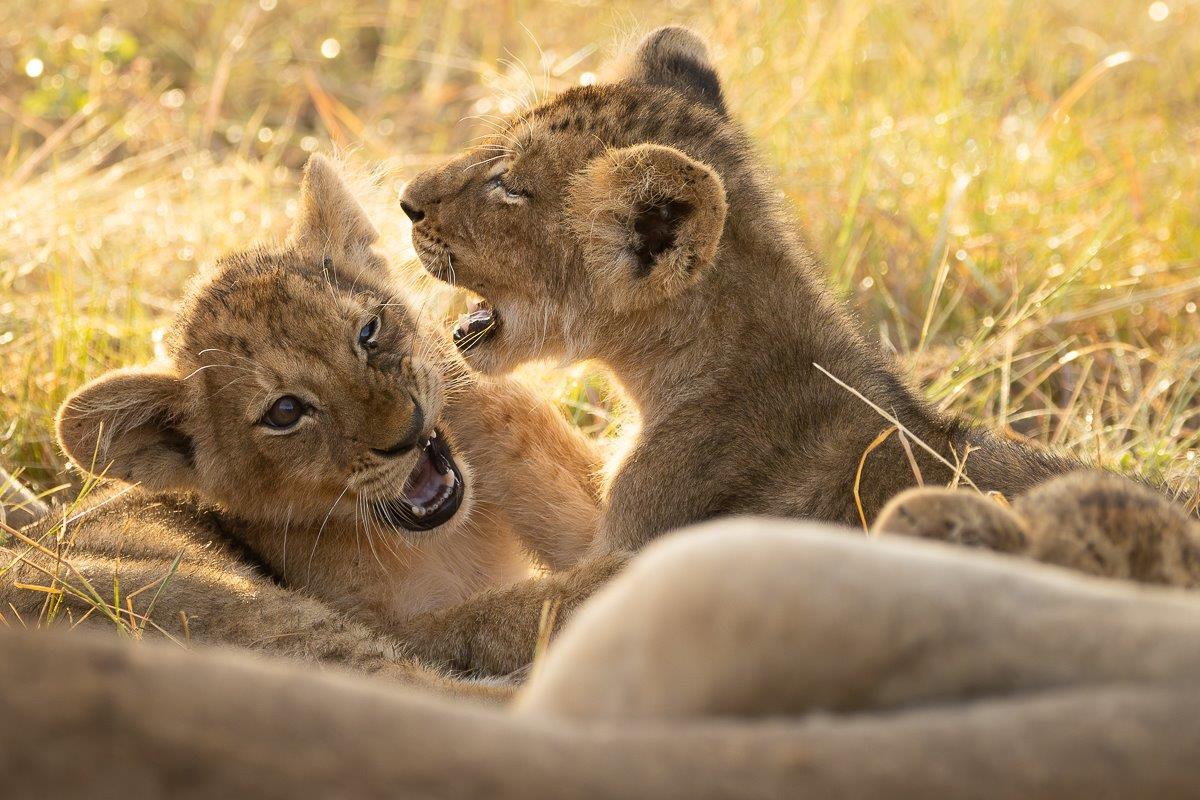

After following up on lion calls west of the reserve, we found one of the Gijima males resting close to a waterhole. He soon got moving, marking his territory as he went and contact calling frequently, assumingly to his coalition partner.
It is very common for the two dominant male lions in this area to separate for a day or so, on many occasions we see them apart but for a short period of time. For them to successfully defend and protect their territory they need to keep moving and re-mark their territories. They cover large areas and sometimes one lags behind or goes in a different direction but will always team up again at some stage.
This is excellent news that the dominant males are back in this area, as this plays a big role in the safety of their Talamati Pride cubs keeping any potential rival males out of their territory and away from their cubs.



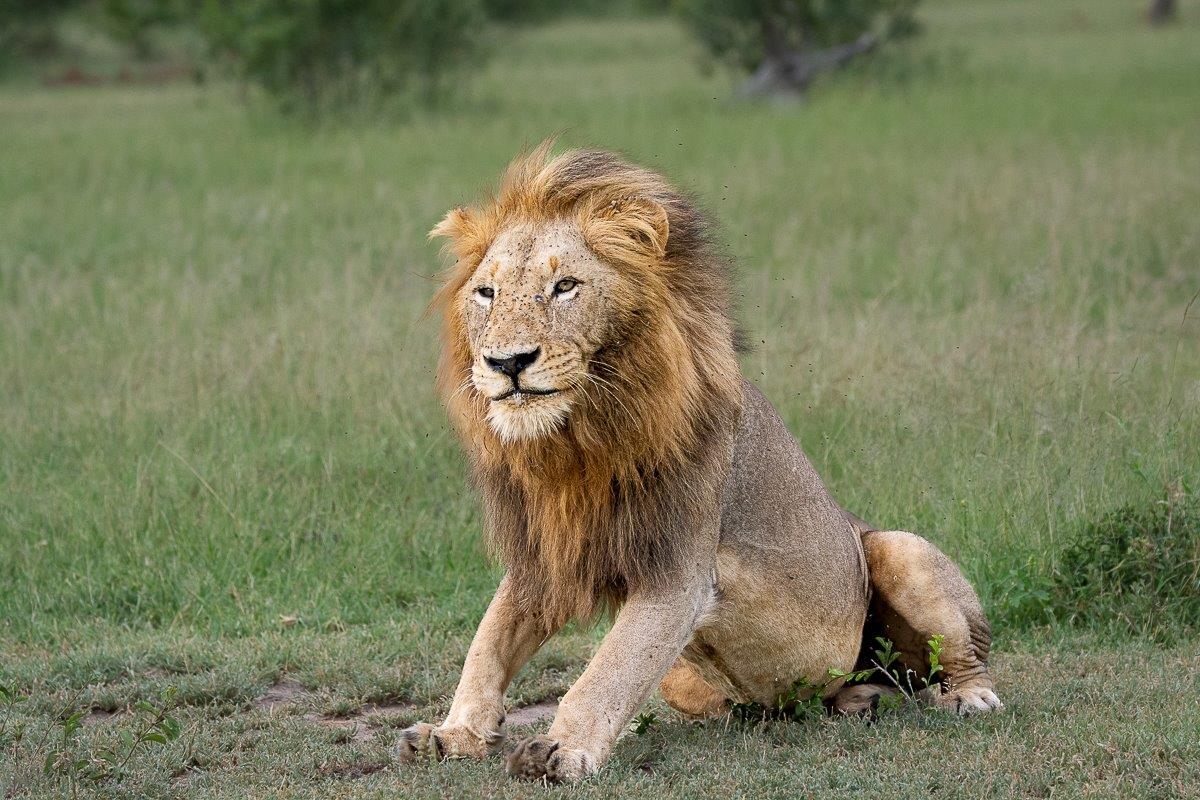
Until next time…

Blog by Wendy Claase
Images by Benjamin Loon, Devon Jansen, Dieter Lategan, Jason Street, JP van Rooyen, Ronald Mutero and Ruan Mey







